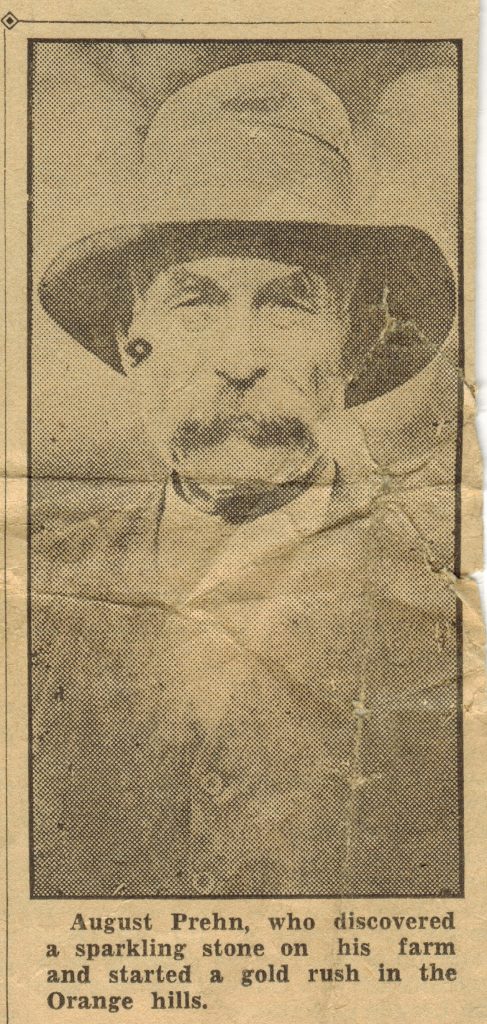By Dan Shine
Voice Columnist
Mining in West Haven

The 19th Century was a period when movement, exploration and adventure sent many New Americans off in search of the fortunes they had come to the New World to collect. Rumors of gold miners striking it rich excited the imaginations of many would-be millionaires.
West Haveners of that era (then a borough of Orange) were familiar with the Waddingham Mansion, which has previously been described on this page.
“This building was valued at $500,000, contained 44 rooms and was often referred to as ‘the showplace of New England.’ It was erected by Wilson W. Waddingham and it was said that he discovered a gold mine in the Black Hills of South Dakota and that he was a partner in the Emma Mine.”
During that period, “Gold Rushes” took place in what today are twenty-four of these United States—California and Alaska being the most famous. Those days are immortalized in the books by Jack London and Robert Service, both of whom wrote stories of the Alaska Gold Rush.
Some West Haven farmers were also on the lookout for metallurgical marvels which they hoped might reveal themselves on their own farms.
David Lambert owned a farm on the present site of Maltby Lakes, and in 1818, he discovered a deposit of silver and galena while digging in a fox burrow. He did obtain a considerable quantity of ore, but having a large farm that required his attention, he didn’t continue his mining pursuits for long. Nearby, a copper mine was also begun in 1852, but that mine, run by the Orange Copper Mining Company, ended in failure.
Augustus Prehn was a German immigrant farmer with one good arm. He owned a farm that was described as being “previously owned by the Prindle family, and located on Saw Mill (sic) Road.” From a 1936 newspaper account, “While walking on his farm one day, Prehn picked up a fragment of what appeared to be quartz or a beautiful stone which sparkled in the sun’s rays. Some few days later, chancing to examine the object again, he discovered a dark streak running through its center.”
Subsequent testing showed that the streak showed traces of gold, silver, nickel and copper. Together with his son, Prehn engaged a financial backer and began to work in earnest to create a mine. A crew of laborers was assembled and promised $10 per man per month. Soon, crowds would gather every Sunday to watch the mine in operation. Tons of ore were excavated and shipped to Pittsburgh where the minerals were extracted. The deeper they dug, the richer the deposits were. When they reached the depth of seventy feet, water began to trickle into the shaft. The next day, the workers returned to the shaft, only to find it filling rapidly with water. Ultimately, the shaft was flooded, the backers removed their support of the operation, and the mine was abandoned.
Adding tragedy to the sadness of the mine’s failure, Prehn’s son was injured and died in a fall from the cliff which formed the face of the mine operations. Eyewitnesses to the operation summed it up that, “A lot of of good, hard work was put into the mine, and there wasn’t enough taken out of it to pay for it.” This marked the end of West Haven’s years as a mining town.
Thanks to Cathie Iaccarino and Bonnie Amato for their assistance in the creation of this story.